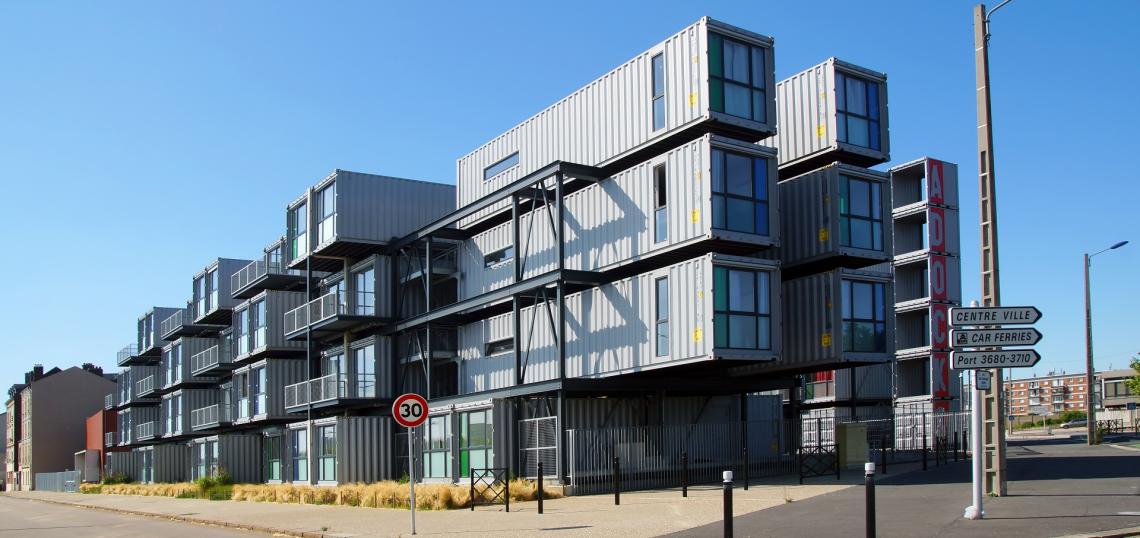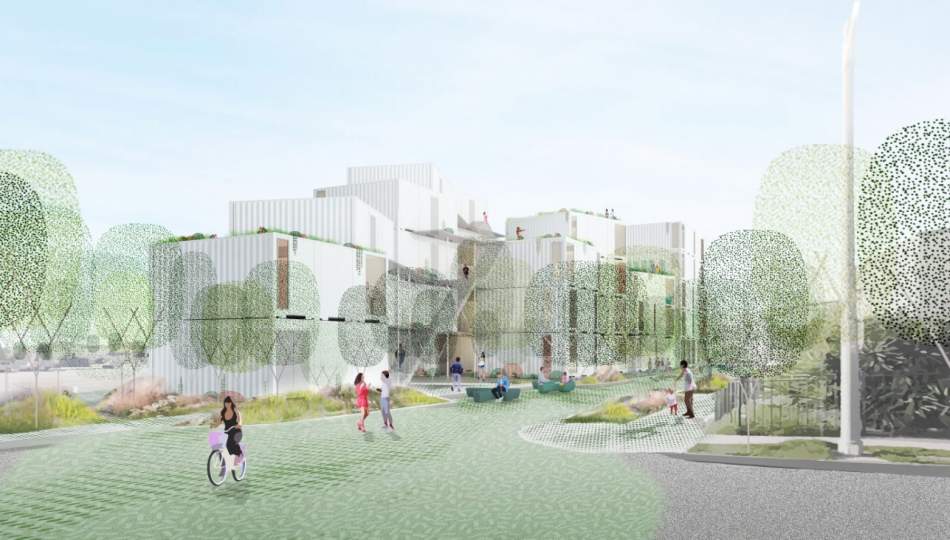Metal shipping containers are a familiar sight to anyone who has passed through the Port of Long Beach. Under rule changes now being considered by Long Beach officials, they could become soon become commonplace in the city's residential neighborhoods.
At its meeting slated for August 19, the Long Beach Planning Commission is scheduled to consider a staff recommendation to streamline the approval process for any project using shipping containers as a building material - be it an accessory dwelling unit (ADU) or a multifamily residential structure. Should Commissioners vote to adopt the recommended actions, they would rescind a 2011 rule requiring Site Plan Review Committee approval of any project using shipping containers as a building material
The Planning Commission hearing comes four years after the City Council adopted 29 recommendations to support the production and preservation of affordable and workforce housing, which pointed to potential environmental benefits and cost-savings associated with housing developments composed of shipping containers.
Removing the Site Plan Review Committee from the equation would create a ministerial review process for shipping container developments, a move which aligns with state regulations for ADUs - also known as "casitas" and "granny flats." While Long Beach permits ADUs by-right, current city regulations ADUs built from shipping containers to a discretionary hearing, which is not allowed under state law.
Likewise, the proposed rule changes would grant by-right approvals to shipping container ADUs in designated historic districts, although alternative exterior treatments may be required to match design guidelines or Secretary of the Interior standards depending on the visibility of the project.
Shipping containers and prefabricated modular units have become an increasingly popular building material for new housing developments in neighboring City of Los Angeles, particularly in permanent supportive housing developments such as the Isla Intersections project in Broadway-Manchester.
- Long Beach (Urbanize LA)







